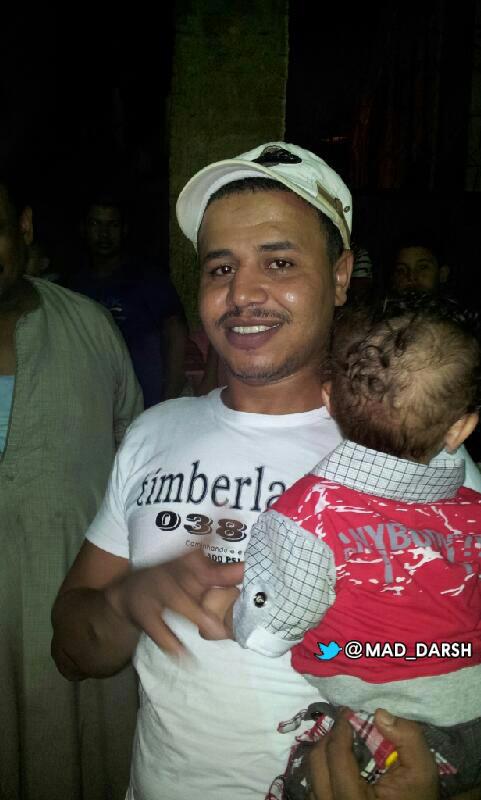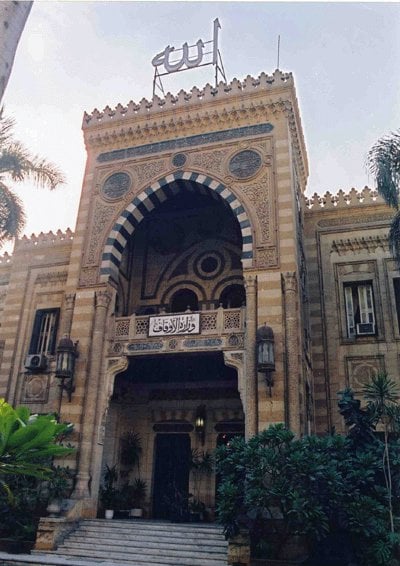Hezbollah has been more than merely a military entity in Lebanon; it has wielded significant influence over the country’s affairs for over thirty years. For the majority of this time, it has acted as a state power both domestically and internationally, extending its reach into social, economic, cultural, and political spheres. Representatives of Hezbollah have been integral to the Lebanese political leadership, overseen in recent years by the organization’s Secretary-General, Hassan Nasrallah. The absence of this individual, along with many of his leaders, within a concise timeframe of fewer than twenty days, has resulted in an unprecedented vacuum in all centres of real decision-making in a nation already grappling with substantial economic, political, security, and military crises.

For decades, Hezbollah has recognized no leader other than Nasrallah, who has been the sole influential figure in reshaping the political landscape both in Lebanon and beyond. His assassination raises profound questions regarding the future of the organization within Lebanon and its confrontations with Israel. Some political factions in Lebanon, which initially opposed engaging in the battle against Israel “in support of Gaza,” have recently expressed clear opposition to Hezbollah.
In less than a month, Hezbollah has faced unprecedented setbacks and blows that have significantly harmed its credibility and popularity both domestically and internationally. This began with the “Beiger” attack, which targeted over 4,000 officials and leaders within the party in mere seconds, all without Israel firing a single shot. It culminated, albeit temporarily, in the assassination of Hassan Nasrallah himself, followed shortly by the killing of his anticipated successor. There is no comparison in the balance of power between the two sides of the conflict; the destruction caused by some of Hezbollah’s relatively weak missiles and drones pales in comparison to the impact of a single airstrike carried out by an Israeli aircraft. Nasrallah’s calculations focus on the disruption those missiles can create, even if they do not achieve the intended destruction. Ultimately, for him, “the sound of sirens in Israel is more powerful than all the missiles.”
The objectives of Israel remain focused on three primary areas: First, to mitigate the damage inflicted on northern Israeli communities by the barrage of rockets launched by Hezbollah, which is expected to escalate should a ground operation commence. Second, to disrupt and dismantle the preparations that Hezbollah has established and developed since the conclusion of the 2006 war. Third, to enforce United Nations Security Council Resolution 1701, which calls for the establishment of a zone between the Blue Line and the Litani River that is free of any armed personnel and military equipment, except for those belonging to the Lebanese Armed Forces and UNIFIL. Consequently, Israel’s attacks are largely concentrated in southern Lebanon, the Beqaa Valley, and some targeted strikes in the southern suburbs of Beirut. On the other hand, Hezbollah has yet to unleash its full firepower, and the Israeli military has not targeted Hezbollah’s long-range missile systems, such as the Fateh-110, Imad, and Scud-7, which are primarily located in the Beqaa Valley. Israel is aware that these systems are Iranian assets entrusted to Hezbollah by the Iranian Revolutionary Guard for use against Israel in the event of an attack on Iranian nuclear facilities. These missiles are owned by Iran, not Hezbollah, and any Israeli strike against them could potentially trigger a regional conflict.
The objectives of Israel remain focused on three primary areas: First, to mitigate the damage inflicted on northern Israeli communities by the barrage of rockets launched by Hezbollah, which is expected to escalate should a ground operation commence. Second, to disrupt and dismantle the preparations that Hezbollah has established and developed since the conclusion of the 2006 war. Third, to enforce United Nations Security Council Resolution 1701, which calls for the establishment of a zone between the Blue Line and the Litani River that is free of any armed personnel and military equipment, except for those belonging to the Lebanese Armed Forces and UNIFIL.
Consequently, Israel’s attacks are largely concentrated in southern Lebanon, the Beqaa Valley, and some targeted strikes in the southern suburbs of Beirut. On the other hand, Hezbollah has yet to unleash its full firepower, and the Israeli military has not targeted Hezbollah’s long-range missile systems, such as the Fateh-110, Imad, and Scud-7, which are primarily located in the Beqaa Valley. Israel is aware that these systems are Iranian assets entrusted to Hezbollah by the Iranian Revolutionary Guard for use against Israel in the event of an attack on Iranian nuclear facilities. These missiles are owned by Iran, not Hezbollah, and any Israeli strike against them could potentially trigger a regional conflict.
In any case, we are faced with a new landscape for Lebanon, particularly concerning Hezbollah. For the latter, the future of Hezbollah is no longer contingent upon who succeeds Nasrallah, even before Israeli Prime Minister Benjamin Netanyahu announced the assassination of “his heir and the heir of his heir.” Instead, it is now dependent on the role that Iran will be permitted to play in a potential Israeli-Gulf coordination, which may be determined by the scale and repercussions of the impending Israeli strike against Tehran. This situation will require some time, at least until the conclusion of the American elections. However, the more pressing issue is that the assassination of Nasrallah could plunge the party into internal chaos, potentially leading to uprisings, divisions, and an outbreak of armed conflict that could escalate into street battles. This scenario might give rise to splinter groups with varying loyalties, which could attract the interest of certain external powers seeking to plunge Lebanon back into chaos.
On a national level, Lebanon’s prospects for restoring its constitutional and presidential institutions have improved. The notion that the country may once again descend into the quagmire of civil war, akin to the events of the late 1970s, reflects a lack of careful consideration of the current circumstances. Firstly, the dramatic changes occurring in Syria since 2011, a historically significant influence on Lebanon, have diminished its ability to exert control and influence over developments within the country. Secondly, all parties and factions that played roles in managing the conflict during that period have lost their financial and military resources since the implementation of the Taif Agreement. Thirdly, the leadership of these factions has become discredited in the eyes of the Lebanese populace, as they have all had multiple opportunities to govern the country and have ultimately failed, leaving them with little new to offer. Fourthly, the international environment has also transformed; the previous dynamics of global power have shifted, and the requirement for the selection of the Lebanese president to pass through seven Western and regional capitals is no longer applicable. Lastly, Lebanon has ceased to be an attractive prize for involvement due to the magnitude of the crises it has recently faced, resulting in a lack of genuine interest in investing in internal conflicts for gain.
The departure of Hezbollah from the Lebanese political landscape has ushered in a new era that can, and indeed should, be leveraged by the Lebanese people and their Arab neighbours to reclaim their country. This group has been a significant impediment to the election of the Lebanese president. Positive indicators are emerging, particularly concerning the active political forces in the region. Amid the chaos resulting from this absence, various factions in Lebanon have underscored the urgent need for unity.
This opportunity may represent a pivotal moment for the potential restoration of the Lebanese state. I recall the esteemed artist Adel Kheiry, who articulated a profound statement after his renowned play “Ala Khamsa.” He remarked that “true success is arriving five minutes early rather than five minutes late,” emphasizing the importance of timeliness. This is the expectation we hold for all parties involved.
Dr. Hatem Sadek – Professor at Helwan University


